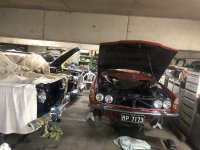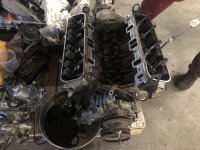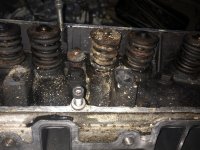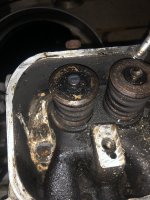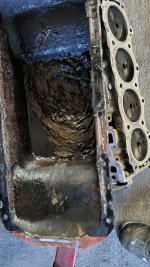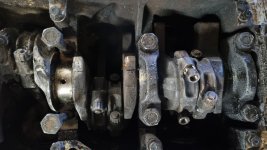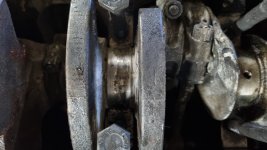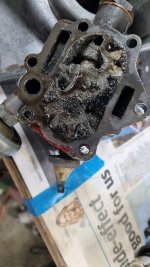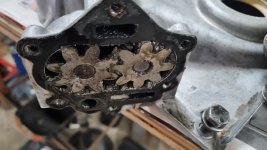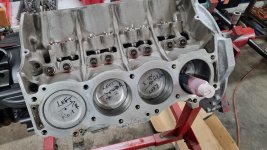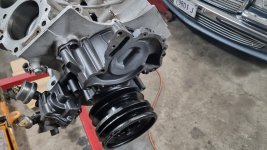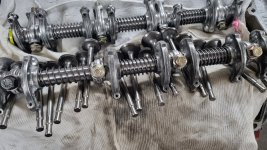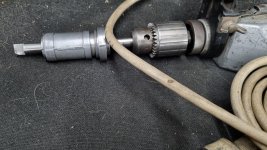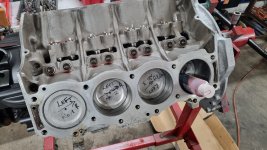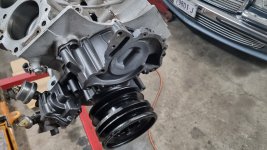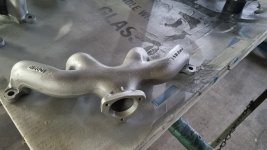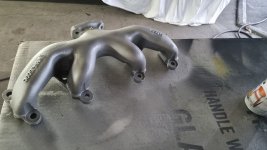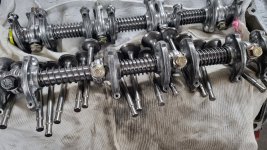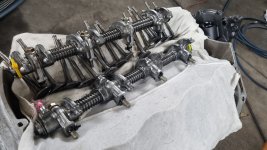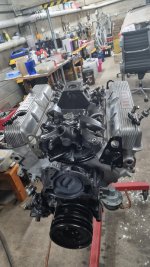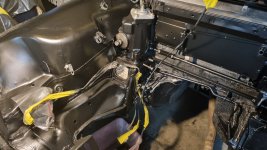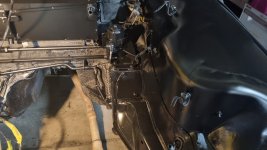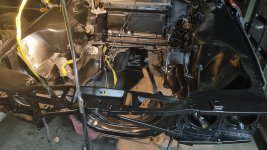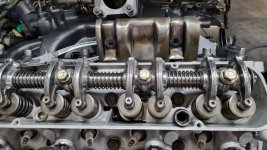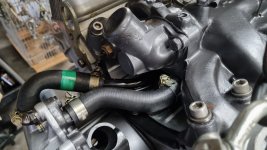Bryce, thank you for posting the photos. I will have some more in due course. Once we removed the Inlet Manifold gasket, it was all there to see. Bryce referred to basically a "cooked" engine, badly sludged up and it was quite evident that the engine oil had not been changed for years. Richard, my son, bought it from a Rover Club member who had entrusted his "mechanic" with maintenance tasks that appeared, on first experience, to be well carried out. We picked up the car from somewhere inland from Taree/Port Macquarie, and we had to drive it back to Sydney on a day when temperatures were near the 40 degree mark. The car performed quite faultlessly, given that the P6 V8 version can be regarded as somewhat of a problem child on very hot days, with fuel evaporation a problem that even beset an initial road test carried out by an Australian magazine when the cars were new.
All went well on the trip until we had the steady incline from the Hawkesbury River bridge on the M1, but the car made it comfortably in the end. Prior to leaving, I had noticed slight "fluffiness" from the exhaust, but put it down to a slight tuning issue, and I suggested to Richard that I would look at the tune of the carburettors. That task was a bit of a hit and miss affair inspite of my experience with Rovers, but we decided to store the car on Brent's (my youngest son - Motor Trimmer) premises at Galston. When the boys came to start the car several weeks later, it started well enough initially, but then the engine stopped. Another attempt a little later, and the engine would only turn very slowly and then not turn at all. A subsequent effort, somewhat later (a few days) the engine was solid and not responding to the Starter Motor, and even tow starting with the help of NRMA road service only resulted in locked up rear wheels. In my opinion, the tow attempt to start the car only further resulted in a more severe lock up of he engine. By that time, it was obvious that substantial rectification would be required - and whilst heads have not yet been removed, I would guess that a head gasket water leak down the bore(s) has resulted in the seized engine. More to follow. Regards Styria
